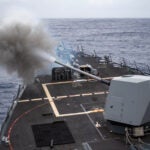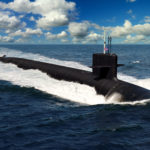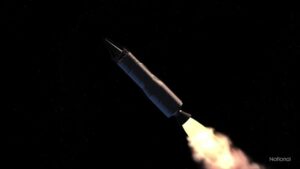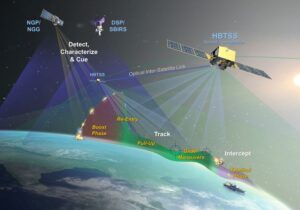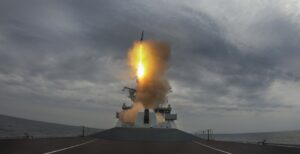
The British Ministry of Defense (MoD) recently announced contracts worth $514 million to upgrade its destroyers’ Sea Viper Air Defense System. The work is split into two contracts with Sea Viper builder MBDA U.K. that aim to enhance the Sea Vipers onboard the six Type 45 Daring-class air-defense guided missile destroyers and a third contract that covers enhanced in-service support and system availability for the next five years. Sea Viper encompasses two radars, the Aster missile, and the command system…

 By
By 